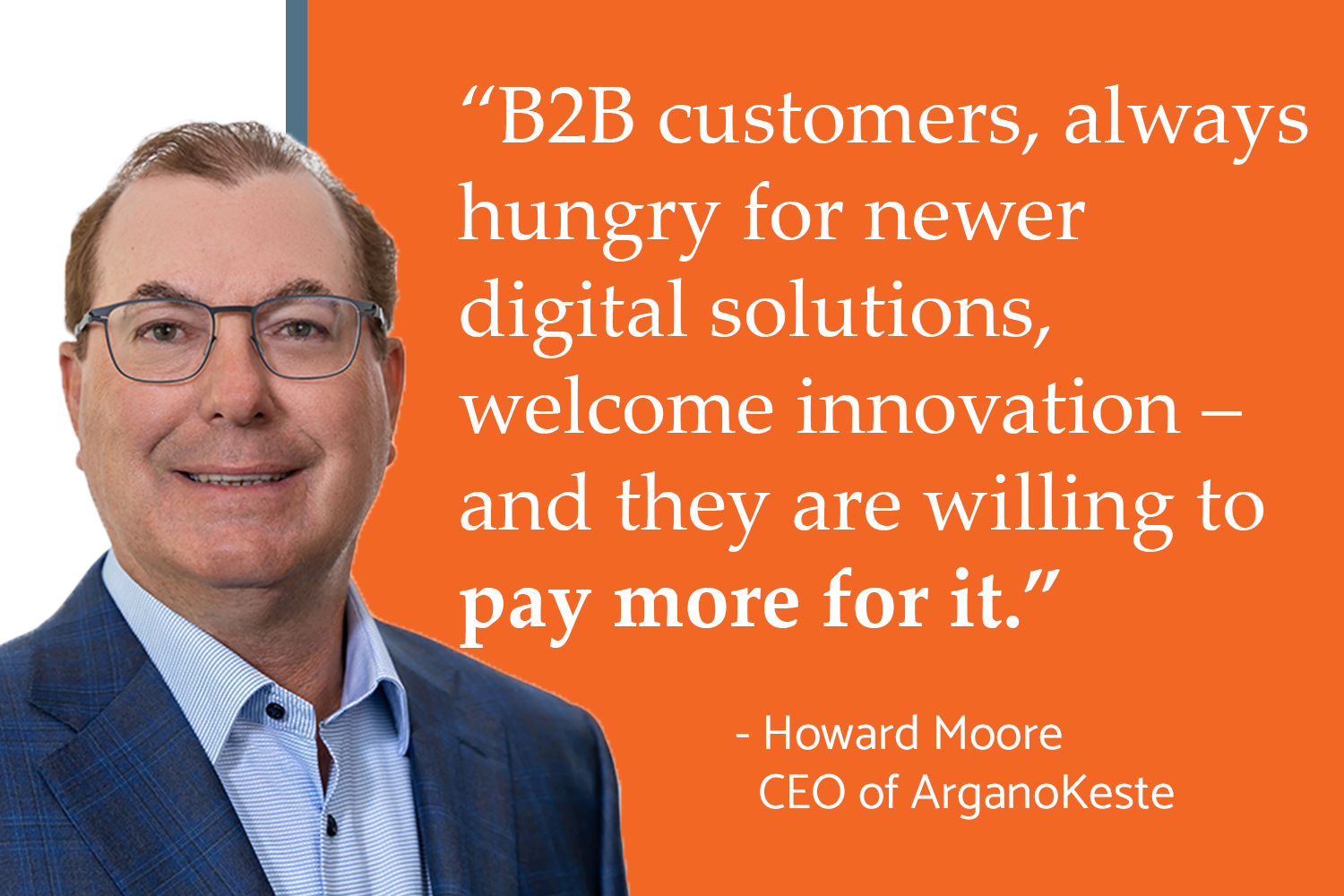Shortened product life cycles and heightened customer demands have increased the complexity of the supply chain. From cars to containers, food to skin care, manufacturers and sellers are under constant pressure to speed up product development and shipping. The solution is a flexible, smart supply chain management system which can adjust to fluctuating needs. However, in order to achieve such a system, companies need to meet the following three challenges:
Challenge #1: Mediocre customer experience
It doesn’t matter whether your customer is B2C or B2B, everybody wants to get the right product in the right quantity, delivered to the right location at the specified time. And they want the process to happen smoothly. The key to accomplishing this is a flexible, smart supply chain that can seamlessly share data through fast moving workflows and approvals, numerous points-of-sale, and varied fulfillment sources. In the past this might have seemed a practically insurmountable task but now, using today’s modernized informational technology architecture, it can easily be achieved. From a sophisticated quoting system to real-time inventory counts and locations, companies can work using real-time data about pricing, availability, and product delivery schedules to meet and surpass formerly daunting customer expectations.
Challenge #2: Limited automation or use of adaptive intelligence
Companies that incorporate automation and machine learning into their supply chains will discover an ability to make fast, smart decisions in response to real time events. For example, an adaptive intelligence (AI) application can monitor supplier terms and search invoices to identify those offering discounts for early payment. The app can then flag both the vendors and invoices for priority payments into the future. Another AI application can constantly monitor your shipping partners to identify the best freight value to optimize upcoming shipments. In both cases, you’re regularly finding cost efficiencies and value-add opportunities in the supply chain that might otherwise have gone undiscovered or underutilized.
Challenge #3: Lack of visibility and action to partner management
The partner experience is equally if not more important than that of the customer; failure in one directly affects the latter. This leads to additional duress in an area already under pressure to find ways to minimize risk in meeting quality and performing standards. Unfortunately, the vast amount of data generated by each partner and every transaction can be overwhelming, and overwhelming data can’t be easily leveraged. Digital modernization can overcome this, expanding both the range of data shared among partners as well as sharing frequency. One way is to simply install a digital hub as the center of the supply chain, thus providing an environment that connects both internal and external systems. This in turn results in real-time visibility and shared predictive capabilities that help quickly identify and act on potential problems or shifting needs using intelligence about supplier capacity, consistency, and capabilities.
It should be noted that installing a digital hub isn’t an either/or solution, rather it is an approach that can be used to connect legacy, on-premise systems with cloud-based apps that offer additional sophisticated and leading-edge capabilities.
We Shall Overcome
Keste regularly overcomes all three of these challenges. For one high-tech firm we installed an integrated Configure-Price-Quote (CPQ) to simplify a complex lead-to-order cycle. This streamlined the entire new product rollout and update processes, increased accuracy, and reduced time-to-market from 2+ weeks to under 1 day. The right product, the right quantity, and quick delivery all contribute to an exceptional customer experience.
Another client used automation and adaptive intelligence to create an intelligent warehouse solution to help with complex order delivery requirements. We integrated a robotic inventory system with the customer’s existing EBS system. This new configuration prioritized orders, routed them, and began delivering inventory to be packed. Once packed, the updated inventory data gets automatically pushed into the EBS system. As a result, they are able to meet same-day fulfillment orders.
A third independent wholesaler came to Keste for help implementing a new partner portal that would create an engaging experience for their partners, fostering relationships in a highly competitive market. This portal streamlined the search for information, becoming an interactive, actionable platform that provides timely and accurate information to help distributors make better purchase decisions.
These are all examples of how the digital transformation has both made the supply chain more complex and provided the solution for companies to thrive amidst that complexity. Meeting the challenges of this transformation is critical for any company that wants to come out of this Fourth Industrial Revolutions more competitive than it was before the Digital Revolution began.
Want to know more? Get in touch to learn about how Keste can help you to map out the correct supply chain solution for your business.








